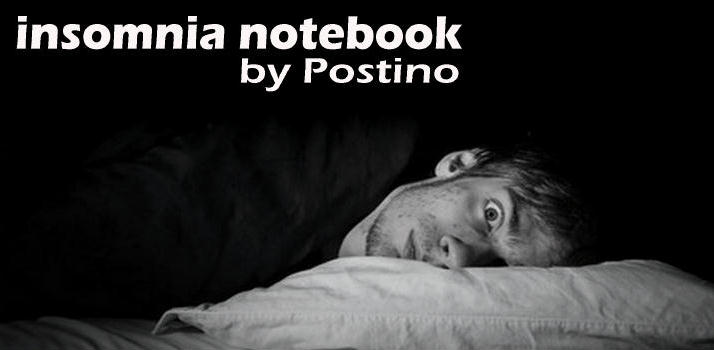“Are we not men?”
Although I’m familiar with H.G. Wells’ The Island of Dr. Moreau, and I’ve seen screen versions with both Burt Lancaster and Marlon Brando in the title roles, I’ve never seen the 1932 version starring Charles Laughton,Island of Lost Souls. I watched a restored version issued by the Criterion Collection in 2012, and was much impressed at how an 80-year-old motion picture can affect a modern viewer.
First, the story is classic. John Landis, who gives his opinions in a 2012 feature with the DVD, says Wells’ original story was meant as an anti-vivisectionist tract. Vivisection is part of the story, and was shocking to audiences in 1932. The House of Pain, where vivisection is performed, is shown, and a creature tortured by surgery without anesthesia is shown on the table. Dr. Moreau is a sadist, who enjoys inflicting such pain.
The story is about bypassing evolution, and turning animals into humans. Because the story has been told so many times the phrases, “What is the law?”* and “Are we not men?” have been worn out. But here they are given in their original, and sinister forms, as the beastmen cower before the whip of Moreau. They are forced by intimidation to worship him, and the Sayer of the Law, (Bela Lugosi), gives him the feelings of godlike power. Moreau puffs himself up at the Sayer’s obedient flattery.
There is a strong aura of sex in the story. Lota, The Panther Woman (Kathleen Burke) is pushed at the other male lead, the marooned sailor, Edward Parker (Richard Arlen), with whom Moreau expects her to mate. He tells Parker she is Polynesian.
Too bad “the beast flesh creeps back,” as Moreau puts it, and Lota begins to return to her animal self. Parker probably realizes this after he has kissed her (did he feel her raspy tongue in his mouth?)
What I didn’t expect from this version of the movie was the darkness, not only within the story, but the photography. Cinematographer Karl Struss made a shadowy world of Moreau’s island. The darkness is everywhere, and the film is a superb example of film noir.
John Landis, in additional comments, said that director Erle C. Kenton was something of “a hack” in his later career. Landis was surprised at the excellent job he did with this movie. Landis also said that in the twenties and thirties horror movies were A-movies, but by the forties, with budgets reduced, had been downgraded to B-movies. It’s evident in Island of Lost Souls that much precious Depression-era money was spent on this film. There are many extras in makeup and costumes, and the sets, built especially for the movie, are wonderful.
Something Landis did not mention was the undertone of homosexuality that Dr. Moreau exhibits. Laughton, who was gay in real life (although married to Elsa Lanchester from 1929 until his death in 1962) uses somewhat effeminate mannerisms, and appears to be attracted to Parker.
But the work comes first. He expects Parker to be sexually attracted to Lota, rather than him. There is one scene that seems clumsy, even laughable, when Laughton hops onto a table to talk to Parker. It is ridiculous because his corpulent body just isn’t comfortable there.
Moreau’s actions are coquettish. I wonder if this scene was filmed as planned, or was an ad-lib by Laughton? It is just so odd in context that it doesn’t look like it was part of the original script.
The script was written by Waldemar Young, from an adaptation of the Wells book by novelist Philip Wylie.
The power of the movie was such that it was banned in twelve countries, including England, from whence the Wells novel came. Individual states in the U.S. were allowed to make their own snips and cuts for censorship purposes.
The booklet accompanying the DVD explains how the technical staff at Criterion was able to take various versions of the movie (both 35mm and 16mm) and restore the original motion picture. The negative is long gone, and what you see in this DVD is probably the best-looking and the most complete version we are likely to ever see.
*Incredible Danny Elfman and his former band, Oingo Boingo, did a very stirring song, “No Spill Blood,” based on the story.









No comments:
Post a Comment